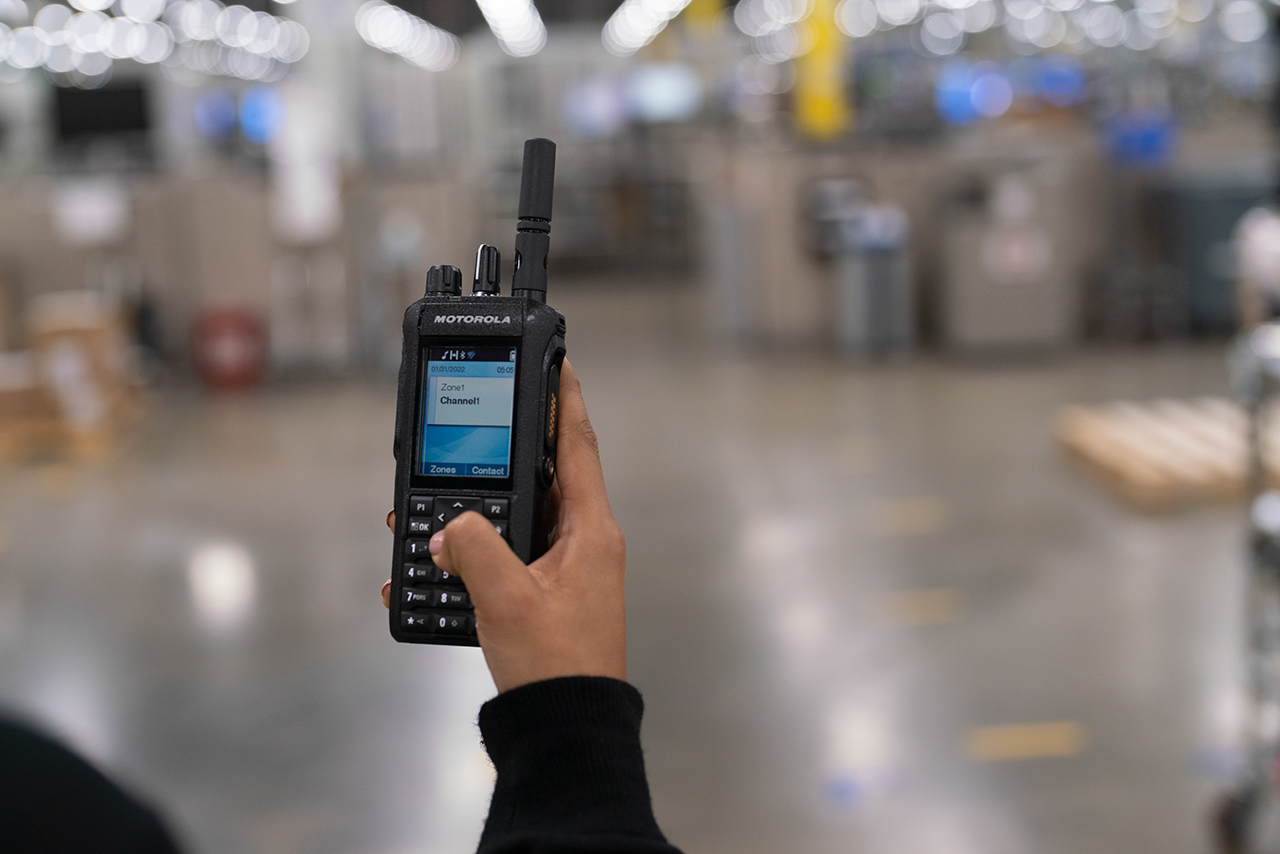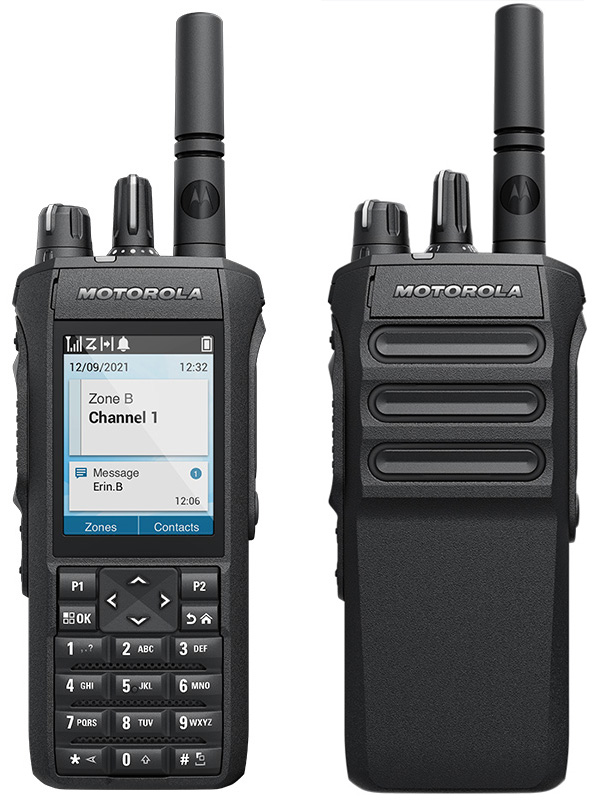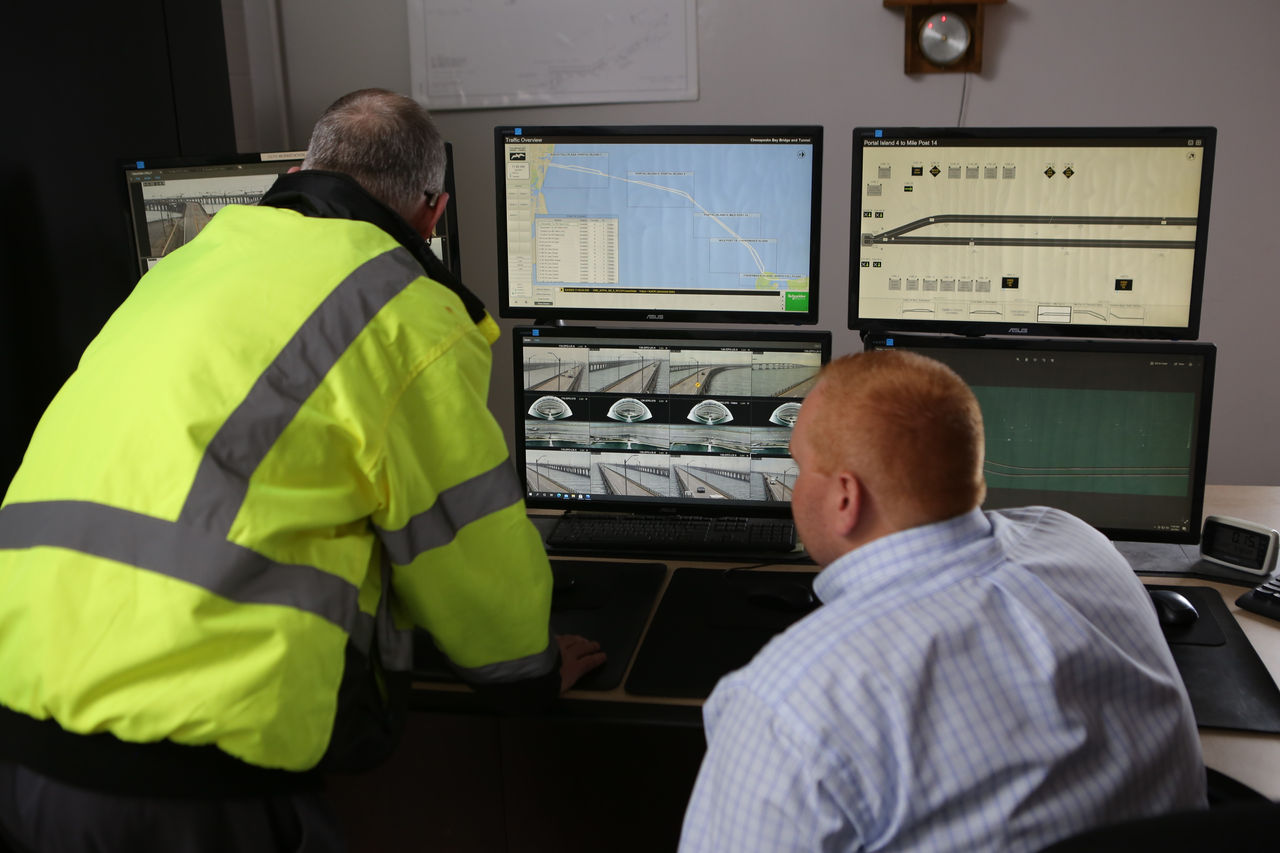Integrating Two-Way Radios with Other Communication Technologies


In today’s world the seamless integration of two-way radios with other communication technologies is a game-changer for industries striving for operational efficiency and effective communication.
Two-way radios are vital communication devices designed to provide reliable and uninterrupted communication across industries, from construction to emergency response. Unlike cell phones, these devices remain operational in remote locations and during network outages, making them indispensable tools for industries that demand seamless connectivity.
When integrating two-way radios with other communication technologies, such as cellular networks, business SMS platforms, or critical communication systems, they can extend their capabilities even further. This ensures broader reach, enhanced collaboration, and the ability to centralize communication across diverse teams.
Push-to-talk (PTT) functionality, a hallmark of two-way radios, allows multiple users to communicate instantly across communication channels. When paired with advanced integration, this feature minimizes communication breakdowns, ensuring smooth, cross-platform collaboration.

Advancements in Two-Way Radio Communication Technology
Modern two-way radios, such as MOTOTRBO Ion, integrate with other communication technologies like GPS, software platforms, and mobile networks, bridging the gap between traditional radio systems and digital innovation. Key advancements include:
- GPS Tracking: Improves situational awareness and enhances coordination in emergency situations.
- Enhanced Security: Protects sensitive information, reducing risks of data breaches.
- Digital Two-Way Radios: Offer clearer audio, longer ranges, and long battery life, ensuring increased productivity.

Applications Across Many Industries
Two-way radios play a key role in public safety, logistics, construction, and more. Their ability to withstand harsh conditions makes them ideal for rugged environments like construction sites and mining operations.
- Construction Sites: Reliable communication ensures safety and smooth project coordination.
- First Responders: Emergency services rely on seamless communication to share critical information and respond promptly.
- Businesses: The adaptability of two-way radios supports efficient operations, allowing teams to meet specific needs across various sectors.
- Blue light and Public Safety: Enhancing Responsiveness and Coordination. In the realm of public safety, two-way radios are indispensable tools that enable real-time communication and swift coordination during critical operations. Public safety agencies, including police, fire, and emergency medical services, rely heavily on these devices to ensure the safety of communities and first responders alike. For example, during a large-scale public event such as a music festival, police officers and event organisers use two-way radios to monitor crowd movement, coordinate security measures, and respond promptly to emergencies. The push-to-talk (PTT) feature allows officers stationed across vast areas to stay connected without delays, ensuring uninterrupted communication. Similarly, fire departments depend on radio systems equipped with GPS tracking and emergency buttons during rescue missions. These features help locate firefighters in hazardous conditions, such as collapsing structures or forest fires, while allowing them to signal distress instantly if needed. The durability of radio equipment, designed to withstand harsh conditions, ensures it remains operational in extreme heat or smoke-filled environments.


Unlock the Power of Integrated Radio Solutions
To learn more about leveraging the power of integrating two-way radios with other technologies contact our sales team today.
Benefits of Integration

Seamless Communication
Seamless Communication: Combines two-way communication with digital platforms, enabling real-time collaboration.

Operational Efficiency
Streamlines workflows by merging two-way radio and smartphone capabilities.

Cost effective solution
Reduces the need for multiple devices, lowering overall costs.
Real-Life Use Cases

Public safety
Integrated systems ensure reliable communication across teams, promoting enhanced security during operations.

Emergency Situations
Rapid information sharing prevents communication breakdowns and saves lives. Integrating two-way radios with paging devices is a prime example.

Manufacturing and Industrial Sites
Integrating two-way radios with IoT sensors and automated systems allows instant alerts about equipment malfunctions or safety hazards, enabling swift action to prevent downtime or accidents.
The Power of Integrating Two-Way Radios with Modern Technologies
The integration of two-way radios with other communication technologies has revolutionised the way industries ensure reliable communication and achieve operational efficiency. By combining the durability and simplicity of two-way radios with advanced features like GPS tracking, push-to-talk, and seamless compatibility with digital platforms, businesses can streamline workflows, enhance situational awareness, and reduce communication breakdowns.
From public safety agencies managing emergencies to construction teams coordinating in challenging environments, two-way radio systems play a pivotal role in maintaining seamless communication and ensuring safety and productivity. These devices remain operational even in remote locations and adverse conditions, providing a cost-effective solution for industries with diverse communication needs.
Investing in integrated communication solutions not only reduces downtime and improves efficiency but also supports sustainable practices, making it a smart choice for businesses striving to stay ahead in an evolving market.

Critico’s Multi-Channel Connect: Revolutionizing Communication with Text Messaging to Radio Handsets
Critico’s Multi-Channel Connect Messaging now supports text messaging to local radio handsets, marking a significant enhancement in communication capabilities. This new feature, integrated into the Multi-Channel Connect desktop messaging software, ensures that critical alerts can be sent quickly and discreetly to radio handsets. This upgrade is particularly beneficial for facilities, security teams, and operations departments, providing a more efficient and coordinated approach to incident response.
The addition of text messaging to radio handsets offers numerous advantages:
- Complementary Communication: Text alerts provide an additional layer of communication alongside two-way radio voice channels, ensuring that essential information is conveyed even when voice communication may not be possible or practical.
- Discreet Messaging: Sensitive or critical information can be sent via text without the risk of being overheard, ensuring that only the intended recipients are notified.
- Integrated Incident Group Broadcasts: Now, alerts can be broadcast not only to pagers, SMS, email, and mobile apps, but also to radio handsets. This integration enhances the effectiveness and reach of incident communication, ensuring no important updates are missed.
- Automated System Alerts: System-generated alerts, such as from building management systems (BMS) or fire alarms, can be automatically pushed to key radio users. This ensures prompt attention to critical situations and speeds up response times.
This integration is a crucial step towards improving incident response and enhancing operational efficiency in industries where quick, clear communication is key to success.

FAQ
Can two-way radios communicate with other radios?
Yes, two-way radios can communicate with devices operating on the same frequency and communication channels. Advanced radio equipment also supports integration with smartphones and other devices. This will also depend on software, model and brand of two-way radios that are being used.
What are the new technologies in radio communication?
Emerging technologies include digital enhancements, GPS-enabled devices, and systems like MOTOTRBO Ion, which combine traditional radios with modern capabilities.
What are three basic rules for using two-way radios to communicate?
- Ensure all users are on the same channel.
- Speak clearly and concisely.
- Follow proper protocols to avoid channel congestion.
What is two-way radio communication technology?
It is a system that uses two-way radios to enable instant voice or data communication. Advanced systems include features like encryption, GPS tracking, and push-to-talk services.
Why should businesses adopt two-way radios?
Two-way radios offer a cost-effective solution for industries seeking seamless integration with digital platforms. These devices ensure effective communication, reduced downtime, and enhanced security, making them a reliable choice for critical communication needs.
Key features like emergency buttons, longer battery life, and push-to-talk functionality empower industries to maintain smooth operations while meeting diverse communication requirements.

Get in Touch
For more information on how to choose the right two-way radio and how Critico’s solutions can benefit your organisation, contact us today.
